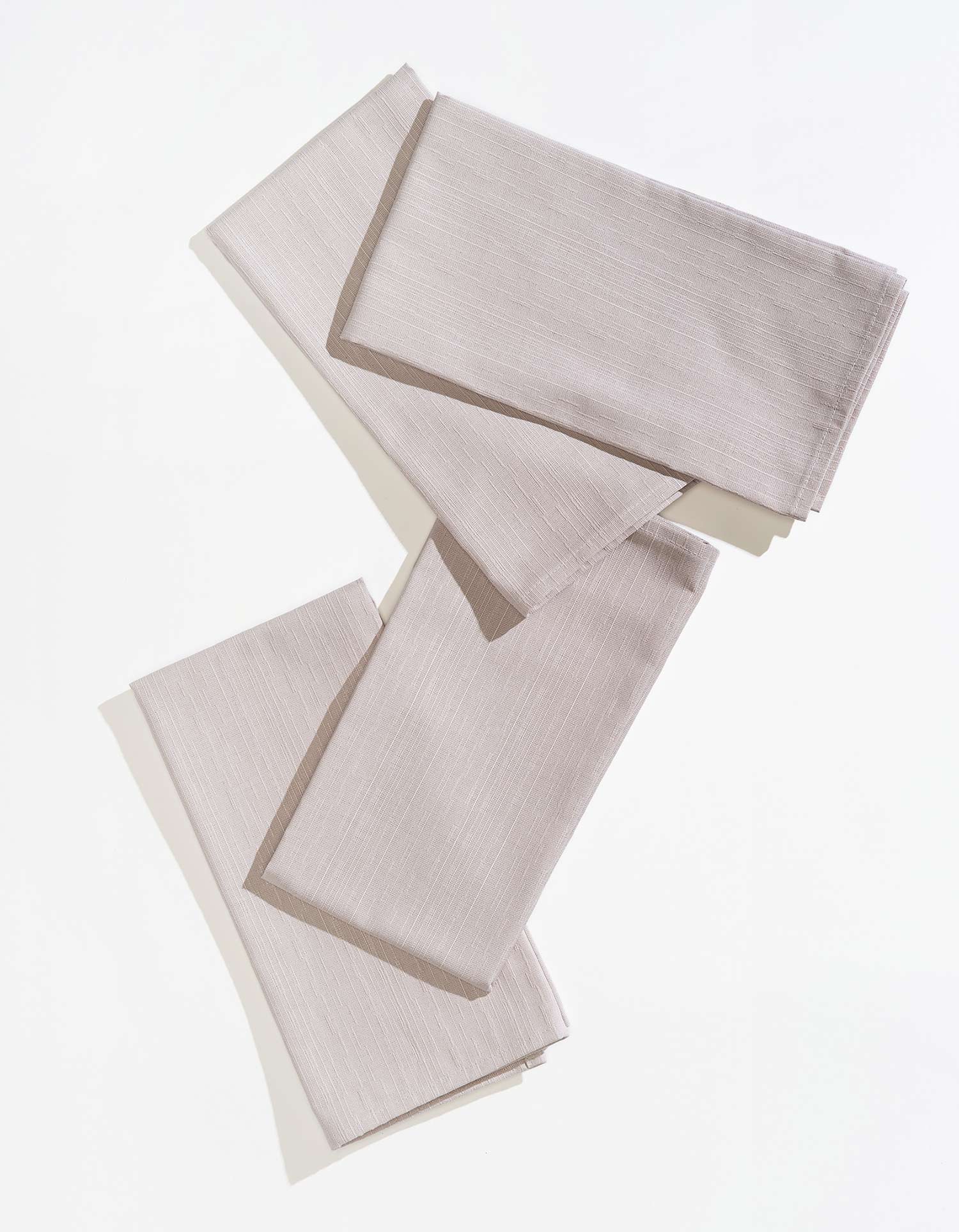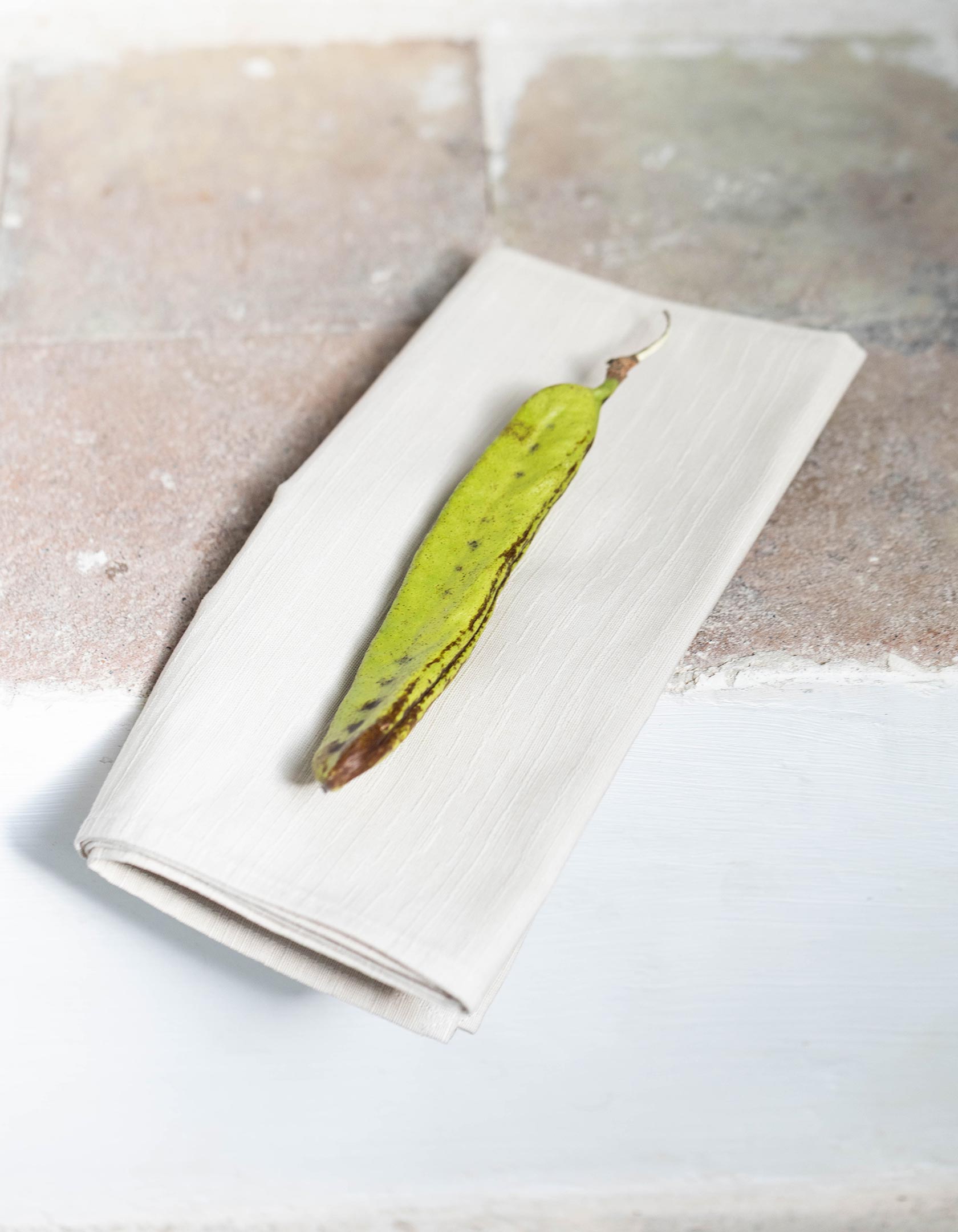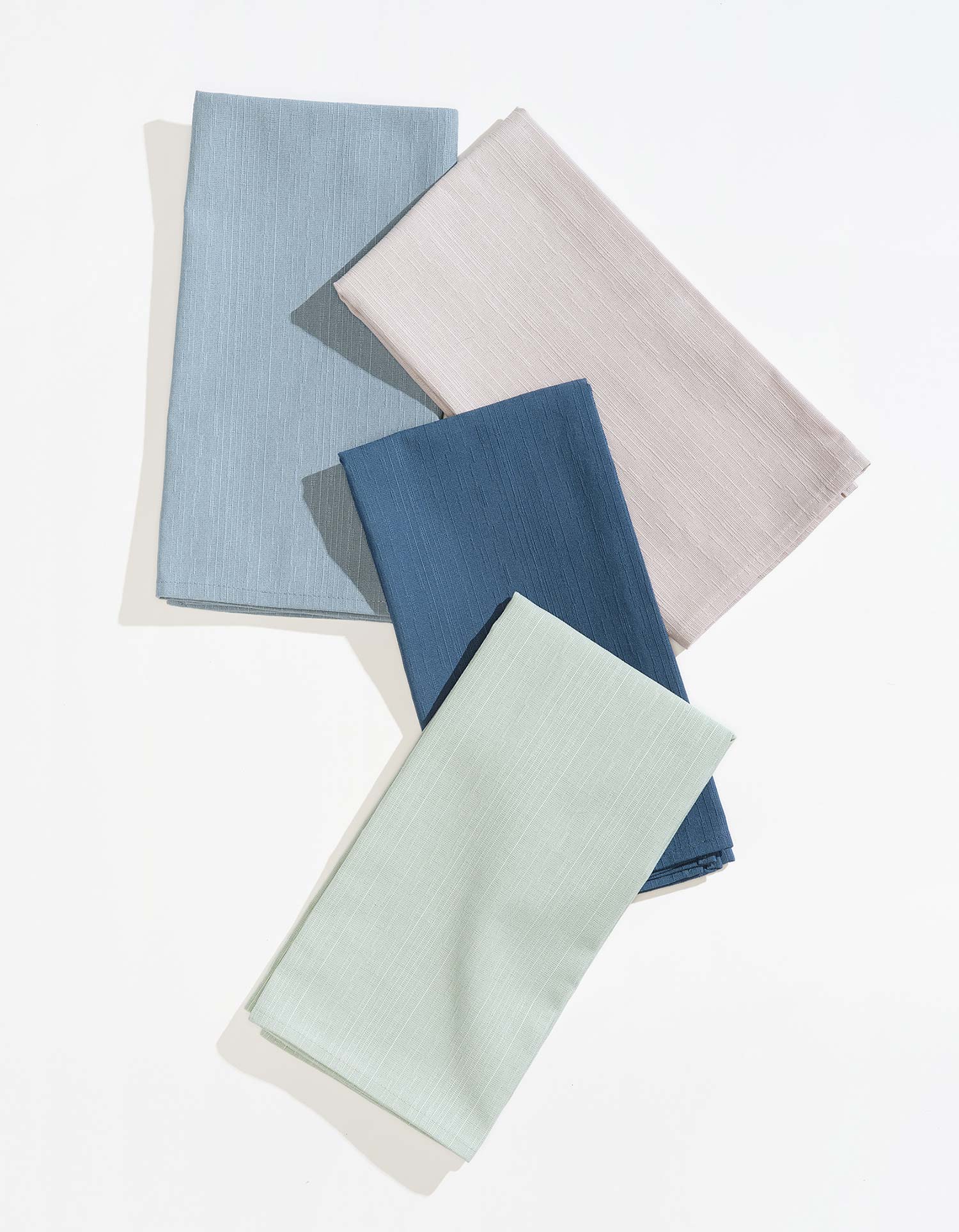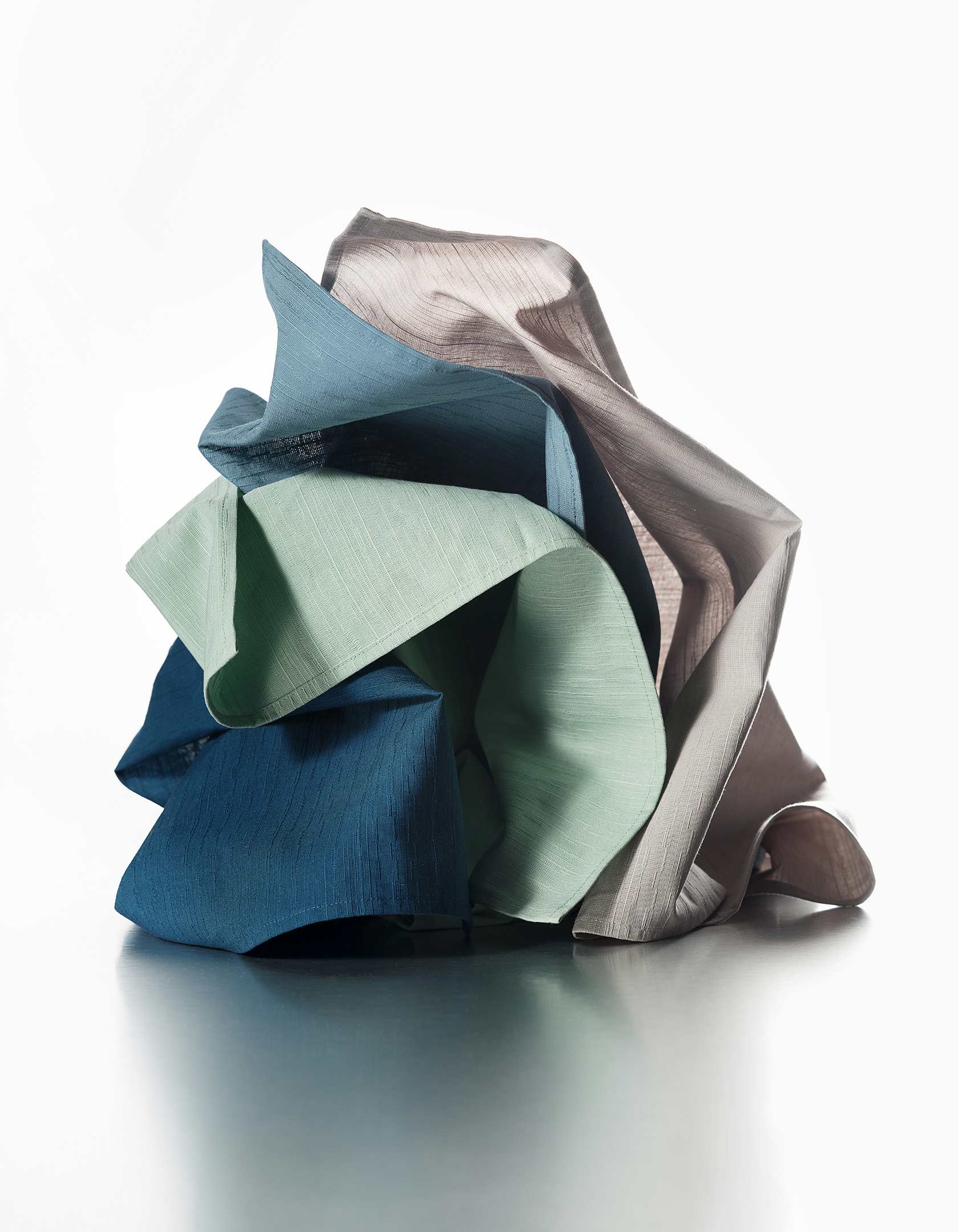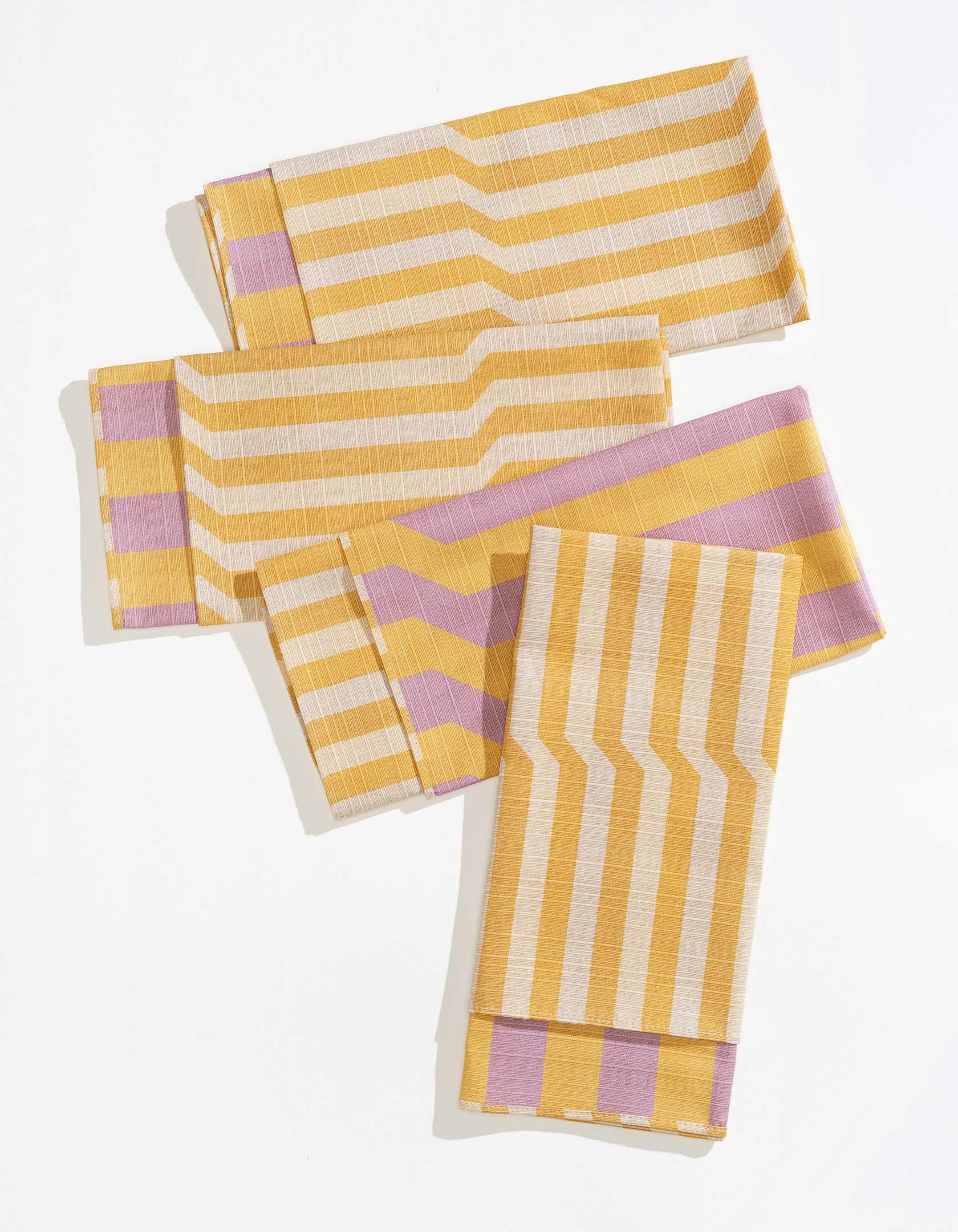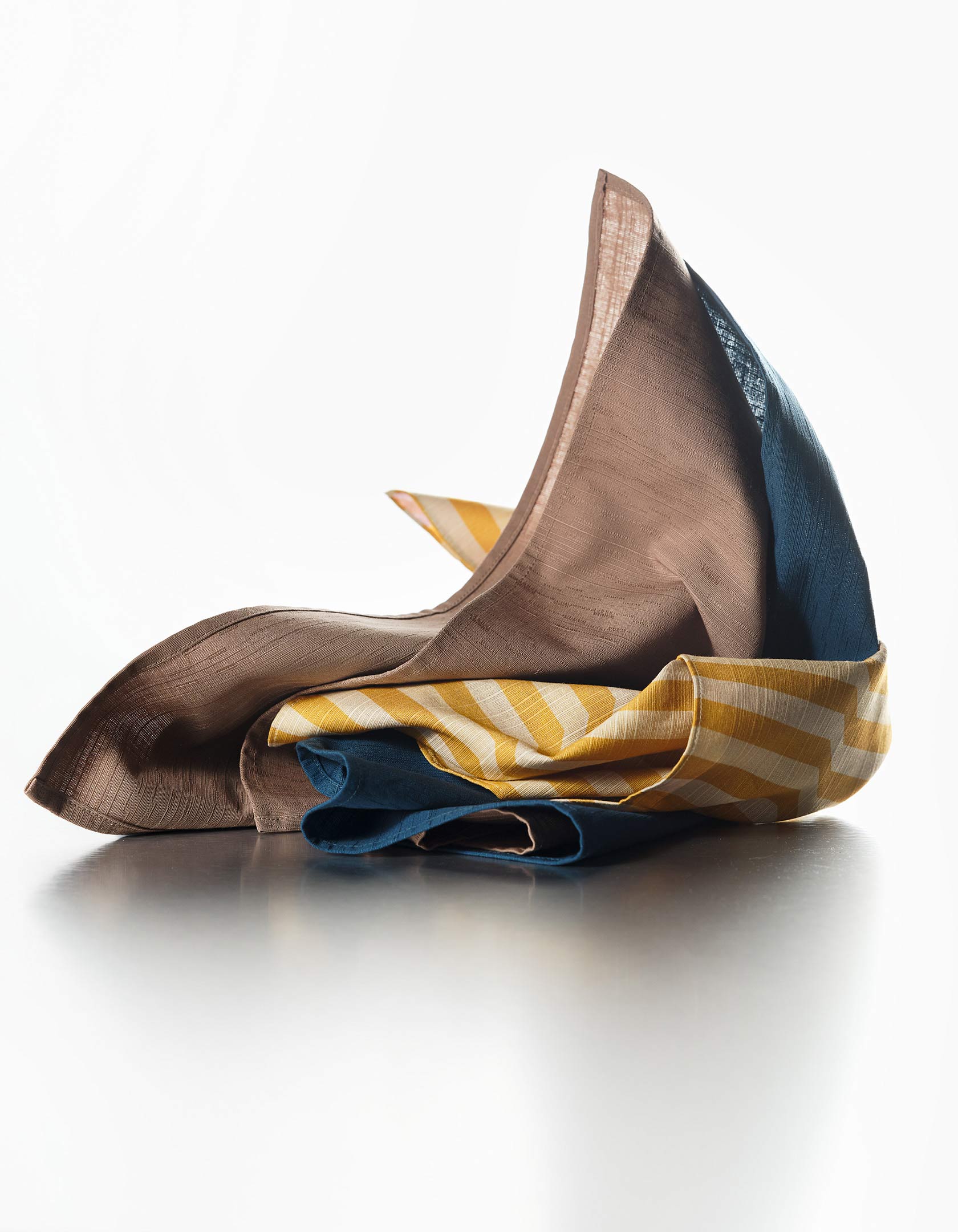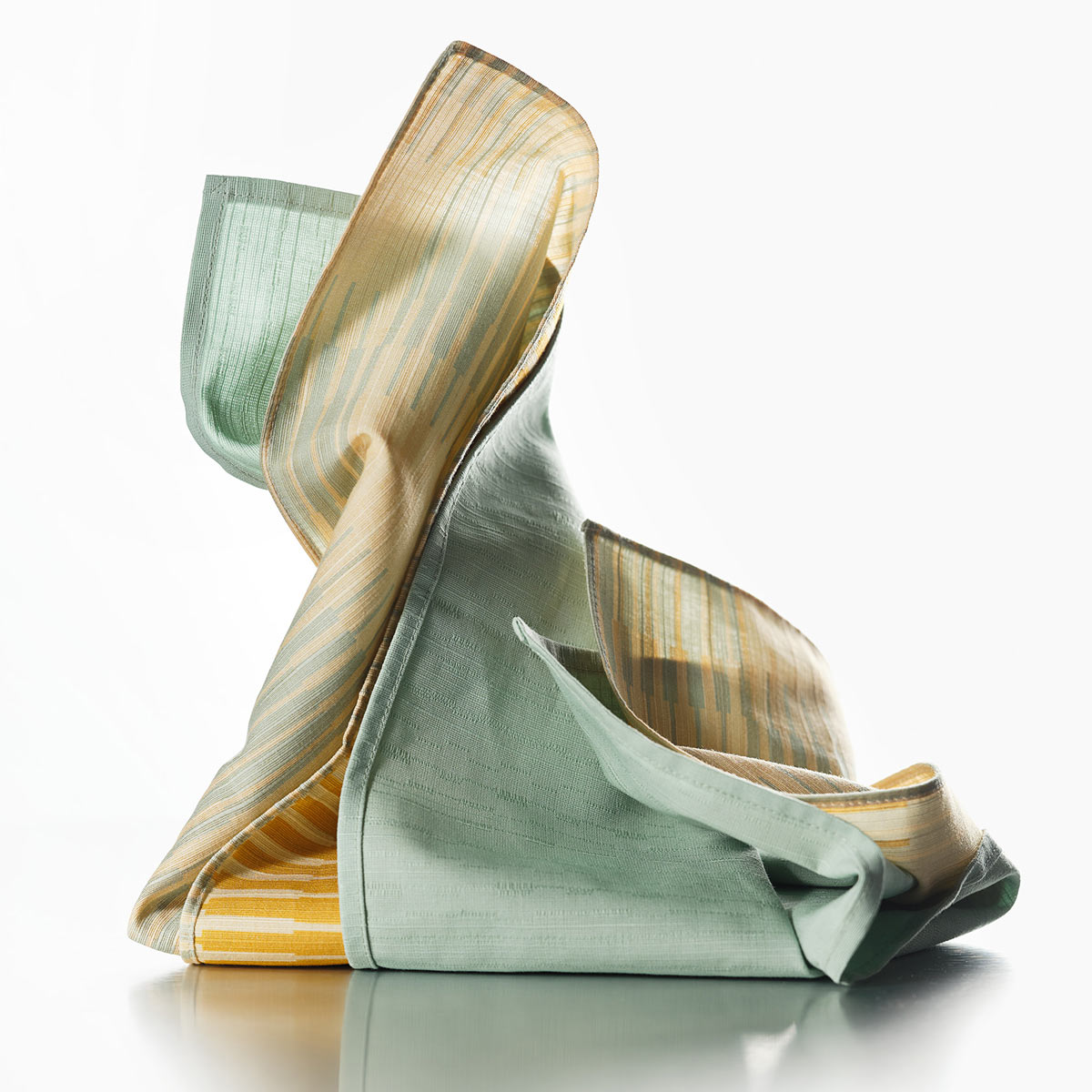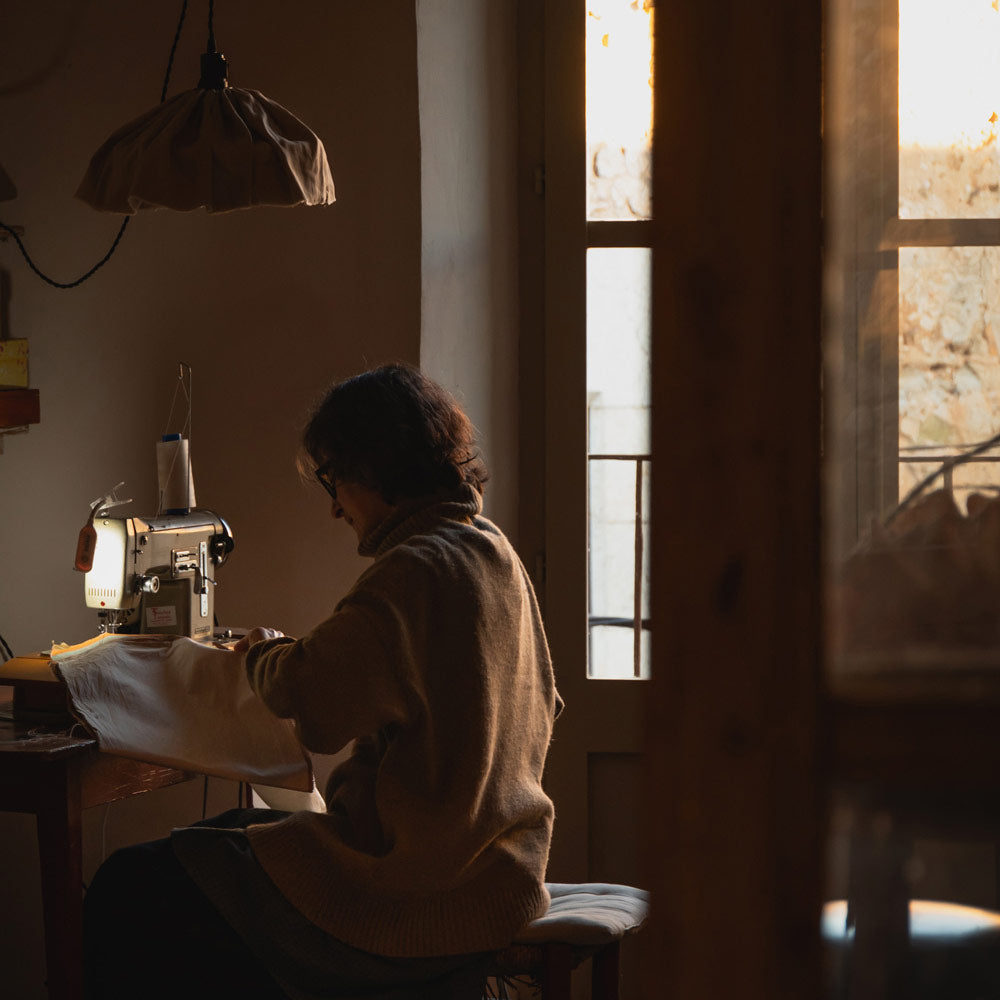Molly Fitzpatrick is the founder of DITTOHOUSE and a dear collaborator who has brought TF’s very first textile collection to life. From afar, we were drawn to her vibrating prints, her unflinching use of color, and her deep reverence for textile history. The experience of working with her has been pure joy, which comes across in everything she touches.
What makes a DITTOHOUSE design?
I strive for my textile designs to have great visual activity. Oftentimes in my work, an intentional secondary pattern emerges, color combinations pulsate and use of lines create an optical reaction. When I achieve this visual response I am celebrating the rhythms of life and hopefully giving that gift to whoever looks at my textiles!






